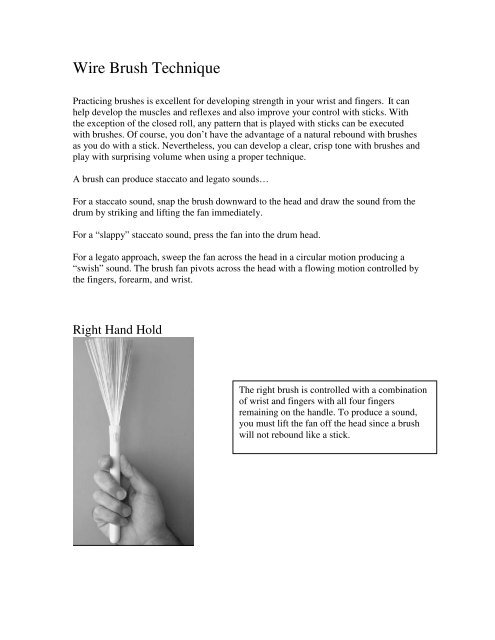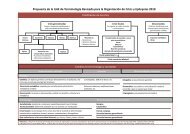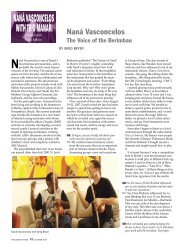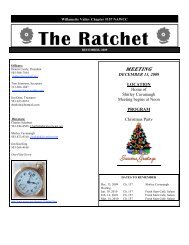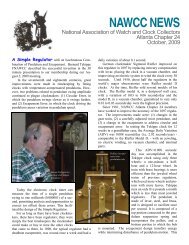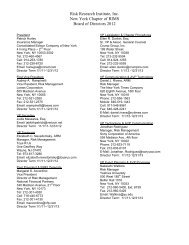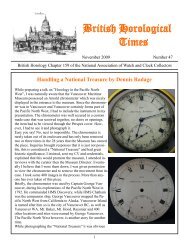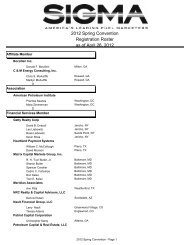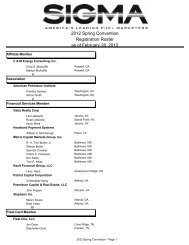Sound, Time, & Creativity - S.F.
Sound, Time, & Creativity - S.F.
Sound, Time, & Creativity - S.F.
You also want an ePaper? Increase the reach of your titles
YUMPU automatically turns print PDFs into web optimized ePapers that Google loves.
Wire Brush Technique<br />
Practicing brushes is excellent for developing strength in your wrist and fingers. It can<br />
help develop the muscles and reflexes and also improve your control with sticks. With<br />
the exception of the closed roll, any pattern that is played with sticks can be executed<br />
with brushes. Of course, you don’t have the advantage of a natural rebound with brushes<br />
as you do with a stick. Nevertheless, you can develop a clear, crisp tone with brushes and<br />
play with surprising volume when using a proper technique.<br />
A brush can produce staccato and legato sounds…<br />
For a staccato sound, snap the brush downward to the head and draw the sound from the<br />
drum by striking and lifting the fan immediately.<br />
For a “slappy” staccato sound, press the fan into the drum head.<br />
For a legato approach, sweep the fan across the head in a circular motion producing a<br />
“swish” sound. The brush fan pivots across the head with a flowing motion controlled by<br />
the fingers, forearm, and wrist.<br />
Right Hand Hold<br />
The right brush is controlled with a combination<br />
of wrist and fingers with all four fingers<br />
remaining on the handle. To produce a sound,<br />
you must lift the fan off the head since a brush<br />
will not rebound like a stick.


